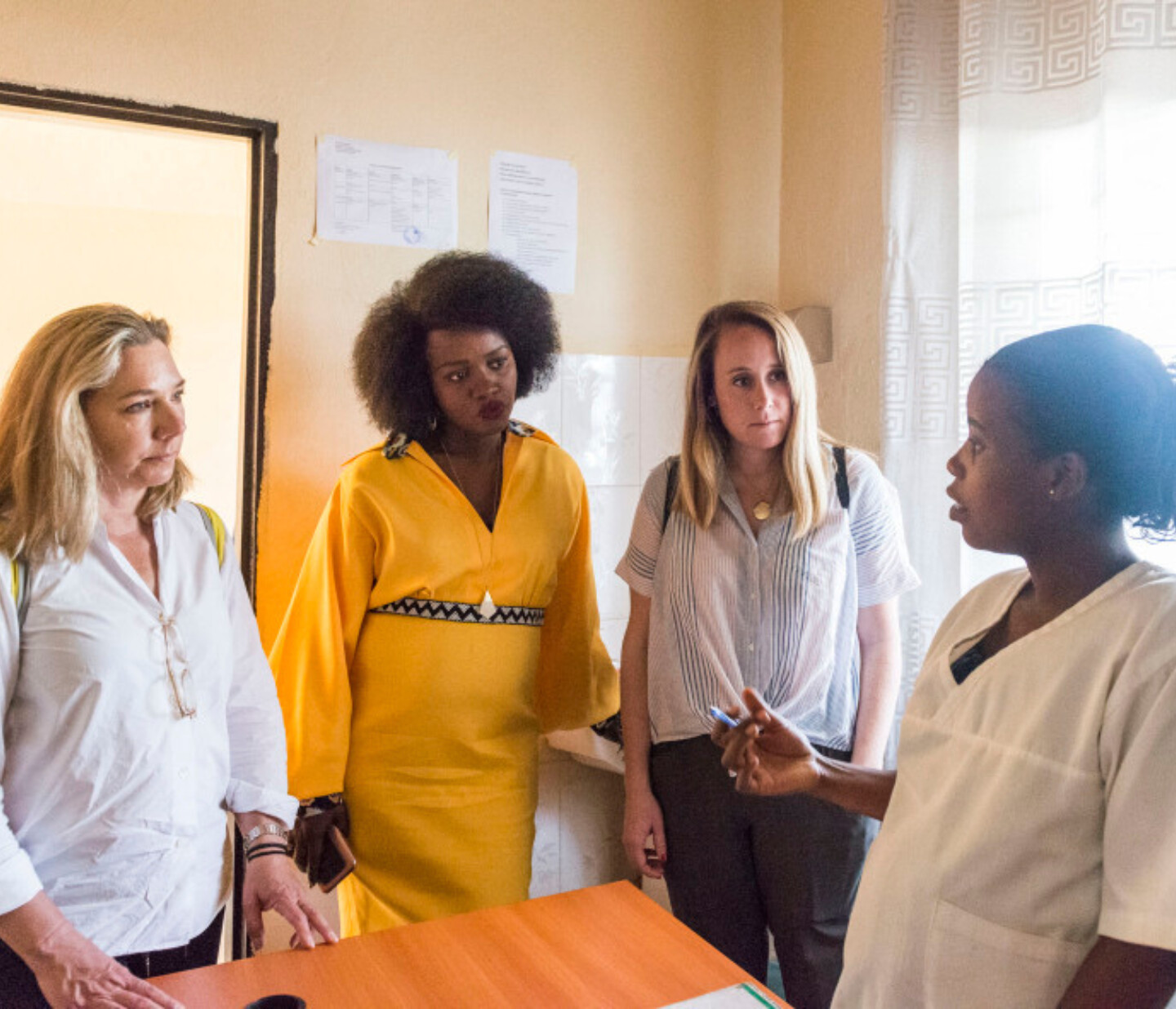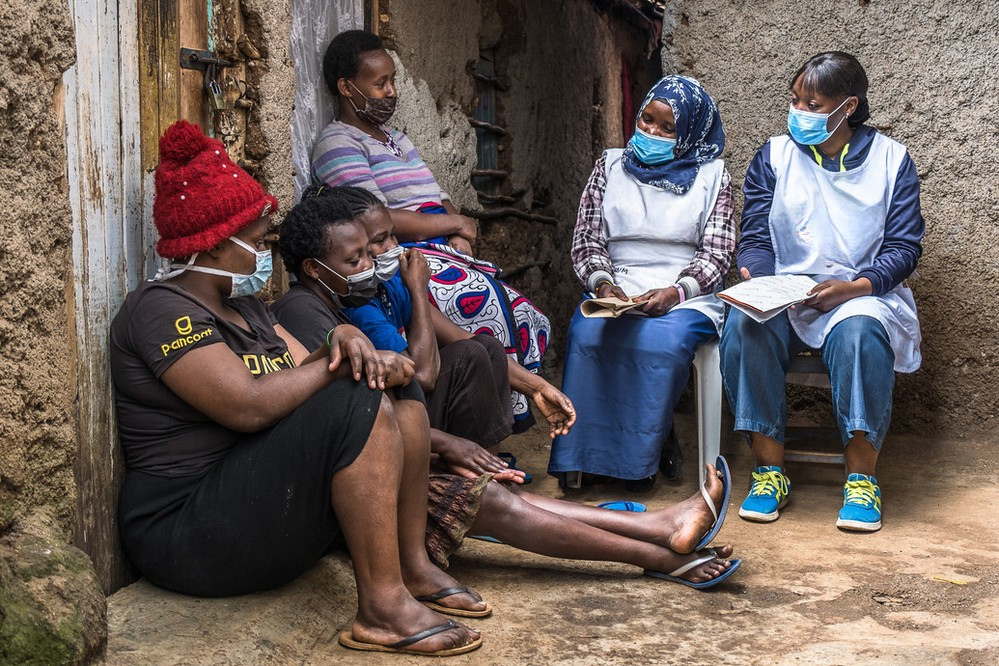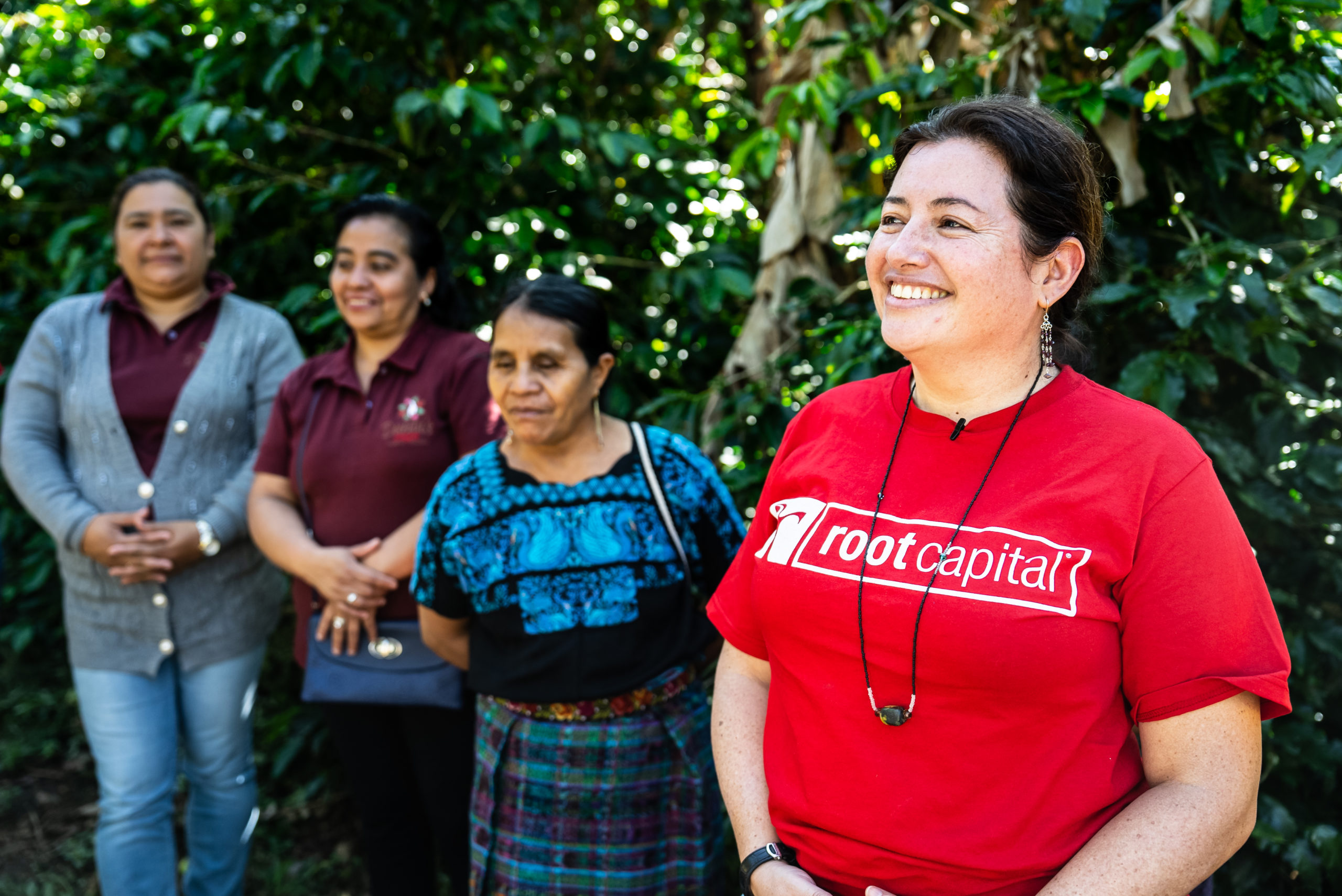4. Art and Artists Are Essential to Healthy Communities
I genuinely believe that art is essential. Artists are not just storytellers; they’re architects of change. They help communities remember who they are, imagine who they can be, and bridge divides through creativity and empathy. Supporting arts and culture is not ornamental to community wellbeing, it is foundational to it.
Art strengthens the social fabric. Whether through murals that transform public space, publications that preserve memory, or cultural centers that invite dialogue, artists create shared experiences that foster belonging and collective care. Research shows that engagement with the arts enhances emotional wellbeing, reduces social isolation, and strengthens civic trust—the very ingredients of healthy communities.
Art also expands our sense of possibility. Before systems can change, someone must imagine change, and that’s what artists do. They translate complex ideas into forms that words alone cannot reach, inviting us to see old problems in new ways. Experiences of beauty and awe connect us to something larger than ourselves, inspiring empathy, generosity, and action.
When we invest in artists, we invest in the imaginative capacity of our communities. We are supporting essential changemakers who help us reflect on our shared histories, envision a more just future, and find creative pathways toward it.





